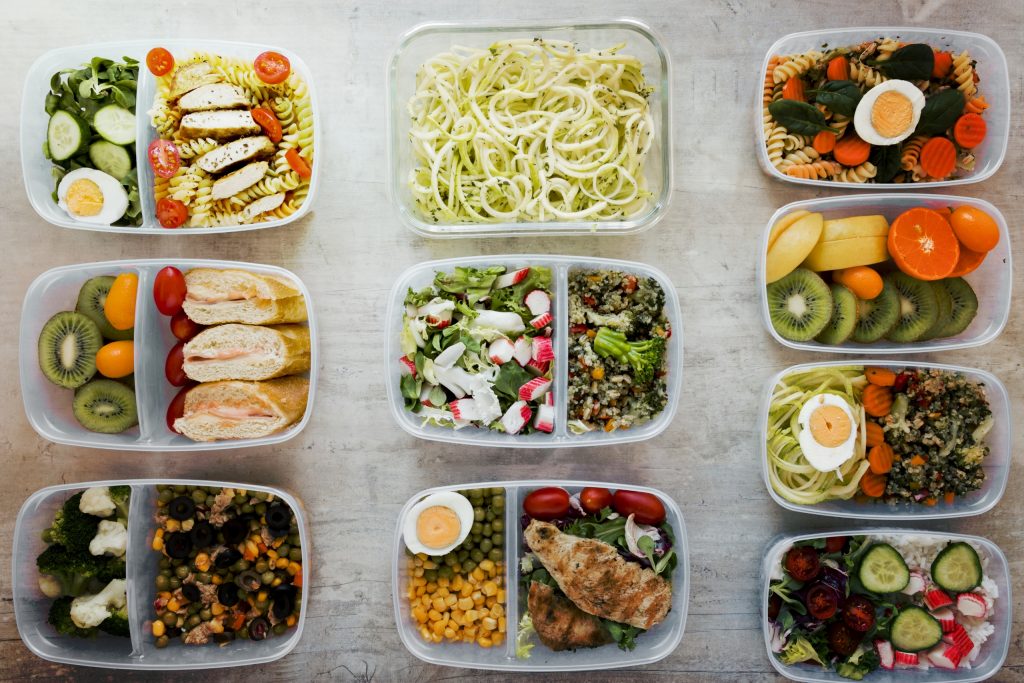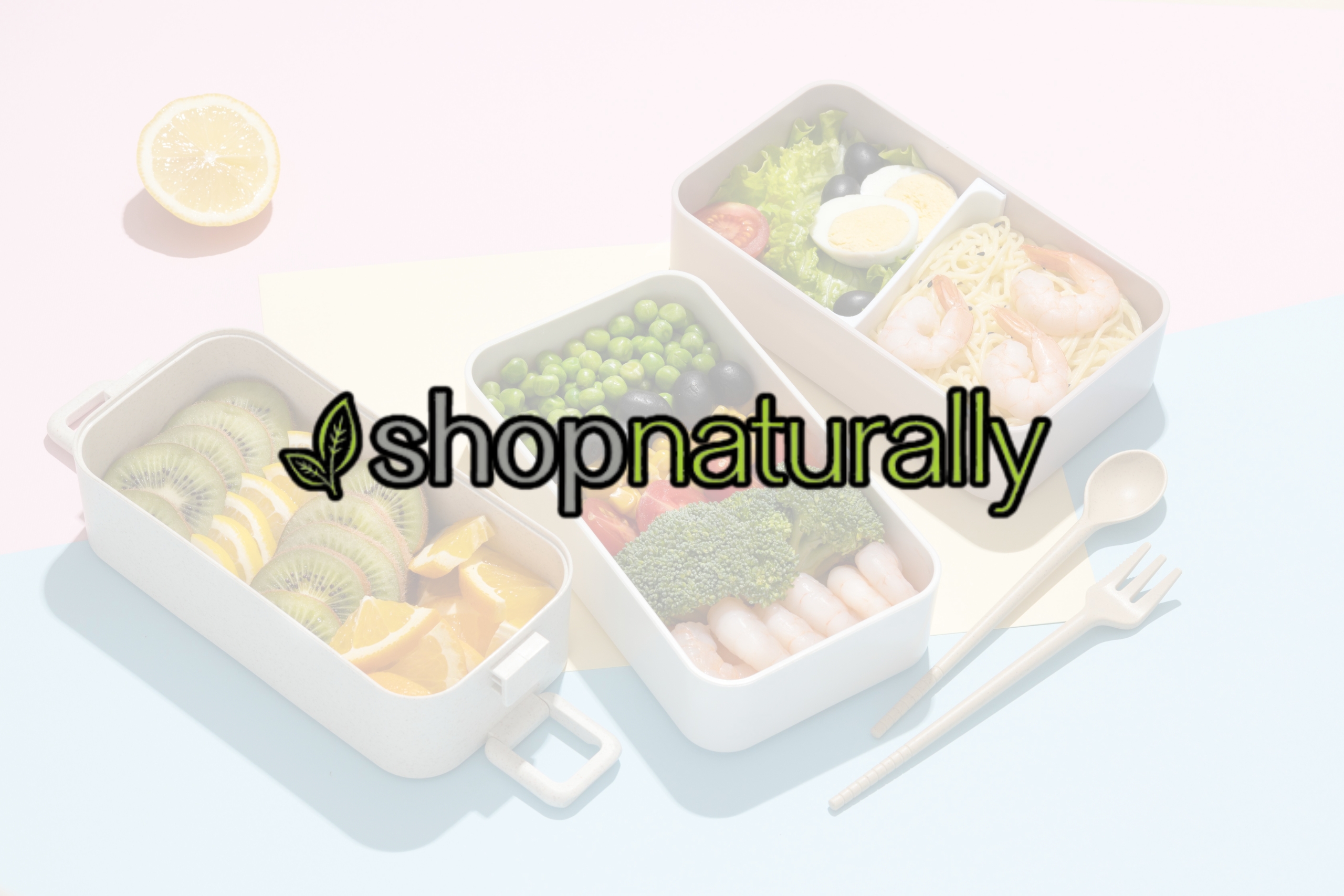When you get to work or school, have you ever opened your lunch box and found that the food was warm instead of fresh? Some things can make it hard to keep your lunch cool and fresh all day, but it is possible with the right plans.
Bringing your own lunch to work can save you money and help you eat better, but sometimes the food doesn’t stay warm enough. Whether you pack your food in a regular lunch box or an insulated bag, there are ways to keep it cool and fresh until you’re ready to eat.
It is very important to pack your lunch correctly and include things that will help keep your food warm. Following a few easy steps will allow you to eat a fresh and tasty meal whenever you want during the day. Please read on for some useful tips on how to keep your lunch box cool and fresh all day.
Importance of Keeping Your Food Cool
Keeping your food cool is very important for many reasons, such as avoiding getting sick from food, keeping food fresh, and making sure it is safe.
One big reason to keep your food cool is that it keeps you from getting sick from food. If you don’t keep food cold enough, bacteria can grow quickly and make you sick with things like salmonella or E. coli. By keeping food at the right temperature, which is usually below 40°F (4°C), you slow down the growth of germs. This makes it less likely that food will become contaminated and make you sick.
Additionally, keeping your food fresh is another important part of keeping it cool. If you don’t keep them at the right temperature, some things that go bad quickly, like meats, fish, and cheese. While cool temps help food last longer by keeping it fresh, they also help it break down more slowly. This is especially important for homes or businesses that use fresh ingredients to make food, because it keeps products in their best condition and cuts down on food waste.
Lastly, it’s important to keep food cool to keep it safe. When food is left out at room temperature for a long time, dangerous germs can grow very quickly, making it more likely that someone will get sick. By putting fresh items in the fridge quickly and correctly, you lower the risk of germs getting into your food and make it safe to eat.
Choosing the Right Lunch Box
Picking the right lunch box is very important when it comes to packing food. Regular lunch boxes and dishes that keep food warm are two common choices.
Insulated containers, which are sometimes called “Thermos” containers, keep your food at the right temperature. They’re great whether you want to pack hot or cold food. There’s no need for different buckets or ice packs because the insulation keeps hot foods warm and cold foods cool. Because of this, they are great for soups, stews, salads, and even dinner leftovers from the night before. It’s not possible to set the temperature in regular lunch boxes, though.
When picking out a lunch box, size and style are important things to think about. Insulated containers often come in different sizes, so you can pick the one that works best for your servings. But they are usually round or oblong, which might mean you can’t pack all kinds of food. There are many different shapes and sizes of regular lunch boxes, which gives you more options for how to pack and organize your meals.
You should also think about how long it will last and how easy it is to clean. Most insulated cases are made of strong plastic or stainless steel, which makes them last a long time. Also, most of them can go in the machine, so they are easy to clean. When it comes to regular lunch boxes, they can be made of cloth, vinyl, or plastic. Even though most of them last a long time, some might not be able to handle heavy use or being washed a lot.
Packing Techniques for Keeping Food Cool
When you pack food for trips outside or long trips, it’s important to keep it cool and safe. Fortunately, there are some easy ways to pack your food that will help it stay fresh and at the right temperature.
Using frozen water bottles as a coolant is one way that works well. Put some frozen water bottles in your food cooler before you pack. These frozen bottles will keep your food cool and fresh for a long time because they are like ice packs.
It is important to put a layer of padding between the food things to keep them even warmer. To make this shield, you can use towels, blankets, or even layers of newspaper. This will help keep the coolness in and stop any extra heat from moving from one item to another.
Using frozen ice packs is another useful method besides using frozen water bottles. This kind of ice packs is made to keep things cool, and you can easily find them in shops. Put them in a way that makes the cooling effect stronger and reduces the chance of temperature changes as much as possible.
You can make sure your food stays cool and safe on your trips by using these packing tips. If you follow these tips, your food will stay fresh and tasty whether you’re camping, having a picnic, or going on a long road trip. Please enjoy your food without any worries.
Best Containers for Storing Cold Food
When you store cold food, you need to make sure you use the right containers to keep it fresh and stop it from going bad. Containers that don’t let air in, containers that won’t leak, split containers, and stainless steel containers are the best for keeping cold food.
For keeping things that go bad quickly, airtight containers are essential because they keep the food fresh and stop air from getting inside. Because they keep the food cold and fresh for longer, these containers help keep the food’s quality. When keeping liquids like soups and sauces, you must use containers that won’t leak. These containers keep things from spilling or leaking, which keeps the area clean and stops germs from spreading.
You can store different kinds of food more efficiently in divided containers, especially if you don’t want the tastes to mix. You can keep different kinds of food separate in these containers, which are great for meal planning or packing lunches.
Stainless steel dishes last a long time and work well for keeping cold food fresh. They are famous for being able to keep food cold for long amounts of time because they act as insulation. Also, these containers are strong and will last a long time, which makes them a great buy for people who often store cold food.
Tips for Keeping Your Lunch Box Cool Throughout the Day
Keeping your lunch box cool all day is important to keep food safe and stop it from going bad. Here are some tips that will help you keep your food cool and fresh:
- Chill your lunch box ahead of time. It’s best to chill your lunch box ahead of time before making your lunch. For a couple of hours or overnight, you can put it in the fridge to do this. You can keep your food at a better temperature for longer if you cool down the lunch box ahead of time.
- Keep your lunch box out of direct sunshine. Direct sunlight can make the temperature inside your lunch box much higher. To keep the food from going bad, keep your lunch box out of direct sunlight and away from heat sources.
- Bring cold or frozen foods with you. When you pack your lunch, choose foods that are already cold or, even better, frozen. Foods that are already cold will stay cold longer if you pack them that way. Another thing that can help your lunch box stay cool for longer is a frozen ice pack or a frozen water bottle.
- Don’t open and close your lunch box too often. Frequently opening and closing your lunch box can let warm air in and mess up the cool temps inside. To keep your food at the right temperature, it’s best to keep your lunch box closed until it’s time to eat.
By following these easy steps, you can keep your lunch cool and fresh all day, lowering your risk of getting sick from food and having a tasty meal.
Cleaning and Maintenance of Your Lunch Box
It’s important to clean and take care of your lunch box the right way so that it stays cool and fresh all day. Do not forget to wash your lunch box with warm, clean water after each use. Let it dry completely in the air before putting it away. This will make it harder for germs to grow inside the jar.
Also, check your lunch box often for cracks, leaks, or bad smells that could mean it’s been used. If you see any problems, you should get a new lunch box to keep your food safe and fresh.
Following these tips will help keep your lunch box cool and fresh all day, so you can eat healthy and tasty food anywhere. Make sure you put food safety first by using the right containers, packing methods, and cleaning methods to keep your food fresh and safe to eat. You can enjoy your meals without thinking about them going bad or making you sick with a little planning and work. Feel good about putting together your lunch box, and have a tasty meal on the go!

Conclusion
To sum up, it’s important to keep your lunch box cool and fresh all day so that the food inside stays safe to eat. You can easily keep your lunch fresh by using an insulated lunch box, adding ice packs or frozen water bottles, packing cold snacks and items, and putting your lunch away in a cool place. Also, remember to clean your lunch box often to stop germs from growing. You can have a tasty and safe lunch every day if you follow these easy steps. Do these things right away to keep your lunch box cool and fresh for hours on end!



